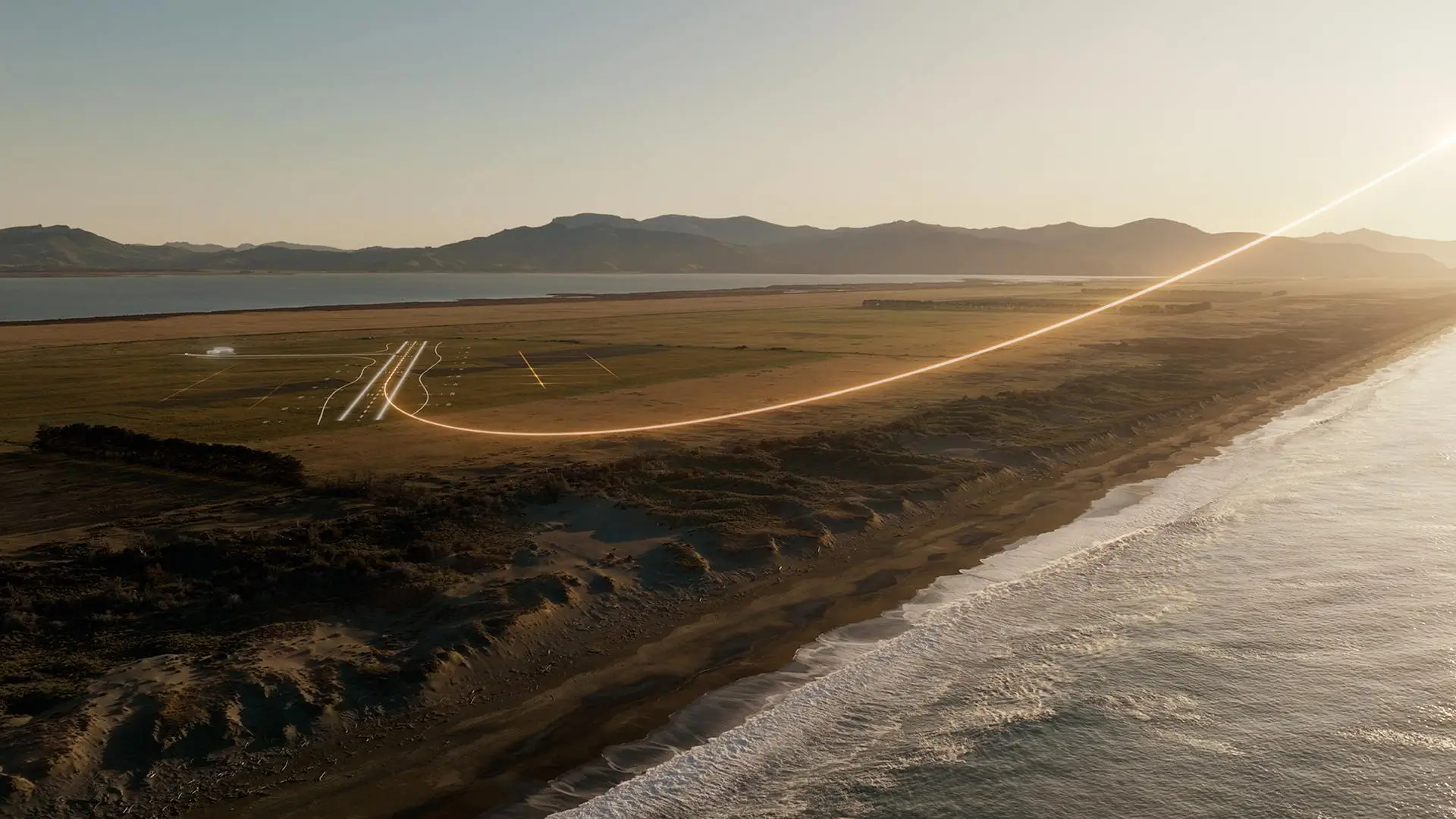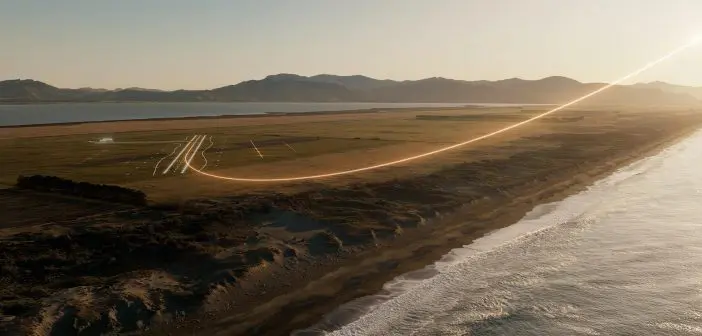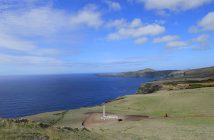
New Zealand’s Tāwhaki National Aerospace Centre is investigating putting up to six rocket launchpads onto its site on the country’s South Island, telling RNZ that it had “the potential to scale up the centre, working with the appropriate partners, to cater for multiple vertical launch sites.”
Tāwhaki is a joint venture partnership between Kaitorete Limited (representing the local Wairewa Rūnanga and Te Taumutu Rūnanga communities) and the New Zealand Government, which invested NZD16 million to buy the land. The potential launch site, which already boasts a 1,000-metre sealed runway and hangar, has been identified as one of the world’s premier aerospace locations, with the land (measuring 25 kilometres in length and three kilometres wide) meeting important technical aerospace and launch requirements and being well placed to provide access to desirable orbits.
“We’ve also been talking to international companies to understand sector demand and potential infrastructure requirements for vertical launch,” said CEO Linda Falwasse.
A spaceport at Tāwhaki presents as an open access-commercial alternative to the Māhia spaceport on the North Island, which remains exclusively a RocketLab facility. ChristchurchNZ, an economic development agency, says Tāwhaki could contribute between NZD100 million and NAD1 billion to the local economy over the next couple of decades. New Zealand’s National Space Agency has funded a business study into the proposal, which it expects to be completed later this year.
“We are scaling up the hard and digital infrastructures required for leading-edge advanced aviation, space flight and launch activity,” Tāwhaki’s website reads. “Tāwhaki has close working relationships with regulators to help facilitate testing for users and can provide advice and support for navigating our local systems. Ultimately, the Centre will support all aerospace endeavours from research and development through to full-scale operations.”
With a ratified space Technological Safeguards Agreement in place with the United States and being a Five Eyes member, New Zealand is well-positioned to take advantage of the demand for Southern Hemisphere space launches coming out of the world’s biggest space market.
Launch agencies such as NASA and the US Space Force are increasingly using allies and commercial space companies to launch large numbers of small satellites Last year, Deanna Ryals, the US Space Force’s Space Systems Command Director of International Affairs, said the Pentagon needed more launch facilities in the Southern Hemisphere “We’ve got to get through the hurdles that we have, the regulatory problems, to enable our closest and best friends and partners, who are very capable with very awesome geography, to be able to do this,” she said.
A 2020 business study of Kaitorete’s space prospects indicated demand for the facility would be “low to medium.” But since then, the geopolitical situation has shifted, with a space race between the US and China now in full swing. The New Zealand Government is reported to be keen to tap into the growing US demand and dollars for launch facilities. Despite this, the New Zealand Government has confirmed that it has not formally sounded out the US about a potential spaceport at Tāwhaki.
“We broadly promote New Zealand space sector capabilities and the advantages of launching from New Zealand,” the country’s space agency said in a statement last week. “(However, we have) not engaged with the US Space Force on launch from Tāwhaki nor with the US Department of Defense nor the New Zealand Defence Force.”





